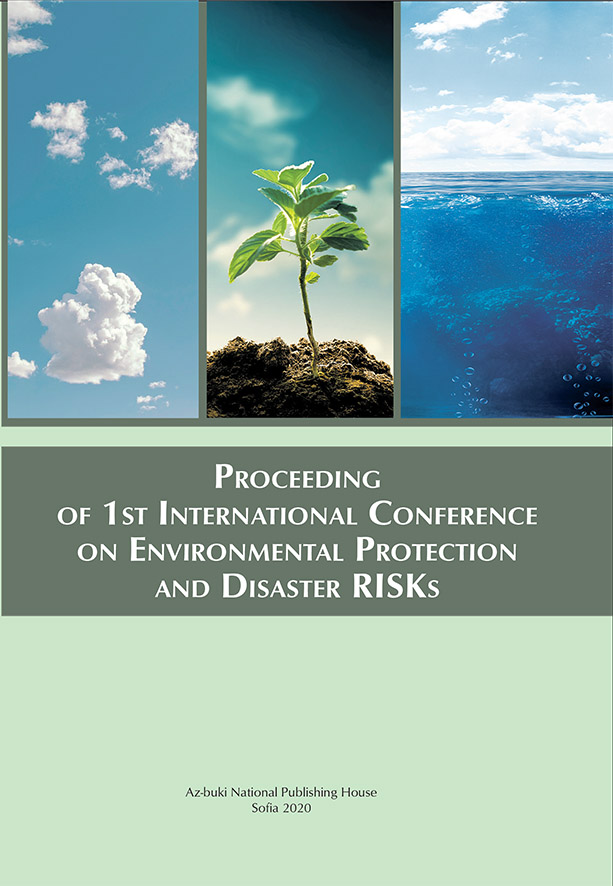Geoarchaeological Research in the Area of the Cape Shabla Using Unmanned Aerial Vehicles, North Bulgarian Black Sea Coast
Geoarchaeological Research in the Area of the Cape Shabla Using Unmanned Aerial Vehicles, North Bulgarian Black Sea Coast
Author(s): Bogdan Prodanov, Preslav Peev
Subject(s): Economy, National Economy, Supranational / Global Economy, Business Economy / Management, Energy and Environmental Studies
Published by: Национално издателство за образование и наука „Аз-буки“
Keywords: archaeology; unmanned aerial vehicles (UAVs); aerial photogrammetry; coastal erosion
Summary/Abstract: This paper aims to set out the role of using aerial remote sensing and marine hazard can play in informing responses to global challenges of coastal cultural heritage and enhancing the sustainable development of coastal zones. Aerial remote sensing and photogrammetric approaches are an integral part of modern archaeological research. In the last two decades of the century, a significant change in approaches to archaeological research has taken place: from direct fieldwork and excavation to remote sensing. In Bulgaria, this scientific discipline is quite new and it is in its infancy. However, during the last few years, the Institute of Oceanology – BAS conducted such types of investigations and a lot of new data have been collected. For this initial survey has been chosen a heritage site on the Bulgarian seashore. The studied area is the archaeological site Caron Limen/Caria at the Cape Shabla and it is determined as highly hazardous to coastal erosion. A systematic archaeological study of the topographic evolution of the coast in association with the functionality of case study area and other coastal facilities during Late Antiquity and Medieval Ages provides new data on the development of coastal life and especially the nature of sea exploitation in the context of maritime commerce.
- Page Range: 357-366
- Page Count: 10
- Publication Year: 2020
- Language: English
- Content File-PDF

